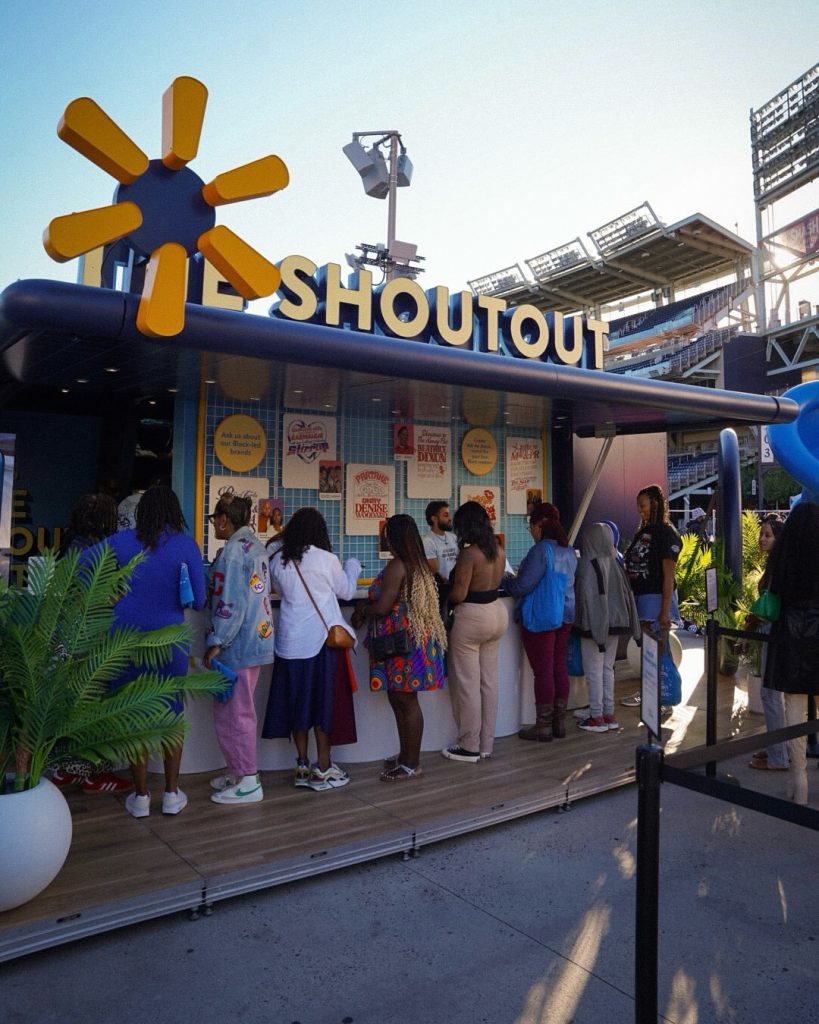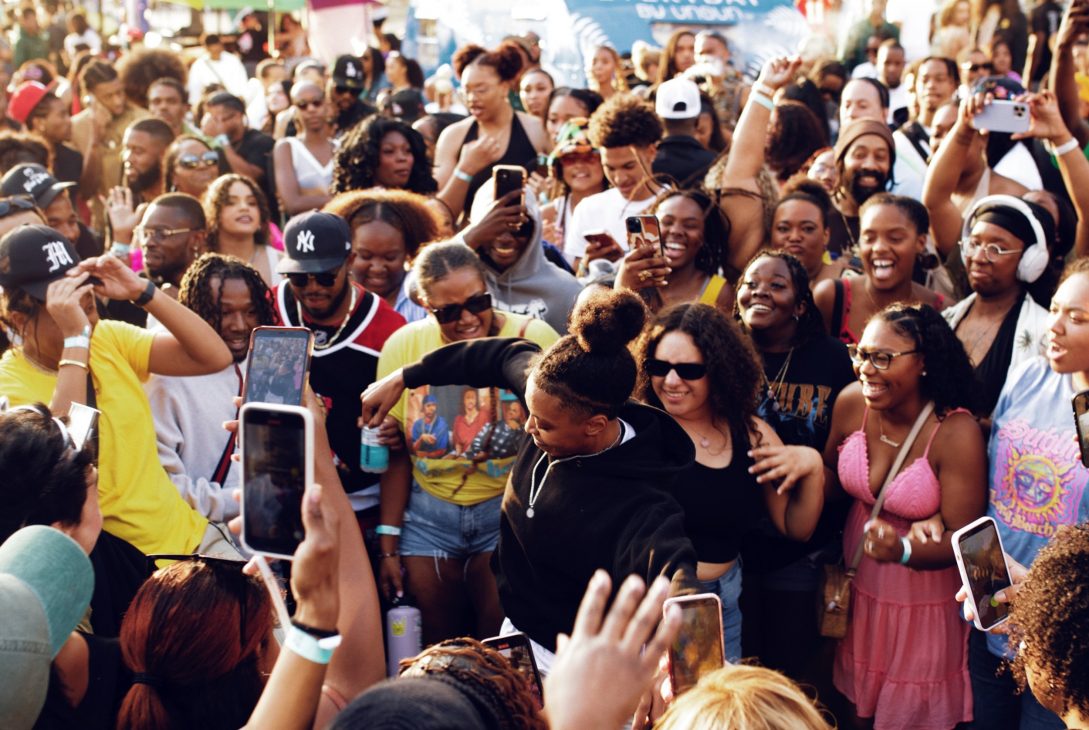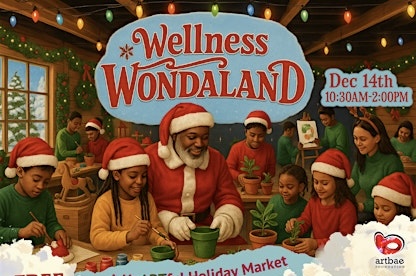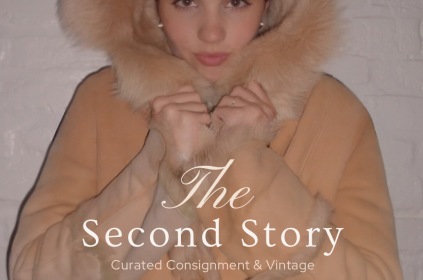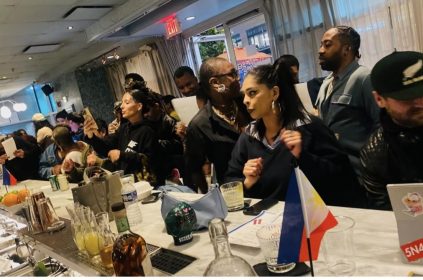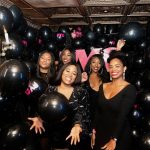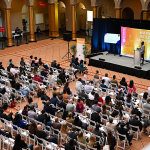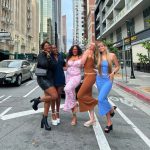Written by Staff Writter-Now Moments Times
On a typical Saturday, Nationals Park is a canvas of jerseys, hot dogs, and home runs. But this October 19, the stadium’s concrete expanse will shift in sound, color, and rhythm. The third annual return of Black on the Block to Washington, D.C. brings more than pop-up tents and speakers carries momentum, movement, and a growing network of over 80 Black-owned businesses ready to take center field.
For tickets visit here!
What began in Los Angeles just four years ago has grown into a national platform for a commerce-driven community. And this weekend, that platform unfolds in the heart of the District of Columbia less as a festival, more as a living, breathing intersection of culture, economy, and identity.
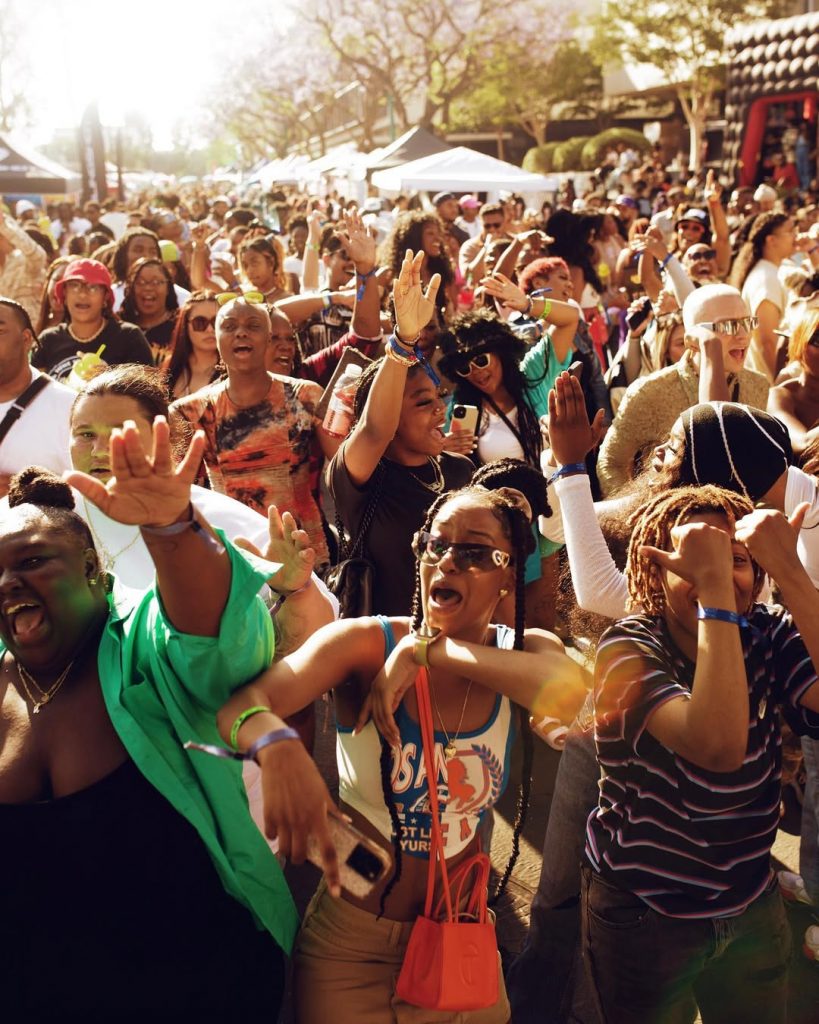
This year’s DC edition marks a notable evolution. The vendors are sharper, the brand activations more immersive, and the partnerships more intentional. Though not the first, this version of Black on the Block feels like it’s most self-assured.
Under the stadium lights, Nationals Park will transform into a curated corridor of creativity where everything from streetwear brands and herbal skincare to children’s books and cold-pressed juices will line the pathways. Each vendor table offers more than merchandise; it carries a story, a voice, and a brick in the foundation of local economic power.
Alongside the commerce is the cadence. The event’s soundtrack will flow from sets by Jae Murphy, whose high-energy transitions anchor the afternoon, with support from a standout lineup that includes DJ Wildchild, Rosegold, K-Meta, Chubb E. Swagg, and Little Bacon Bear. Their presence reflects not just music selection, but cultural calibration tuned to match the pulse of a community in motion.
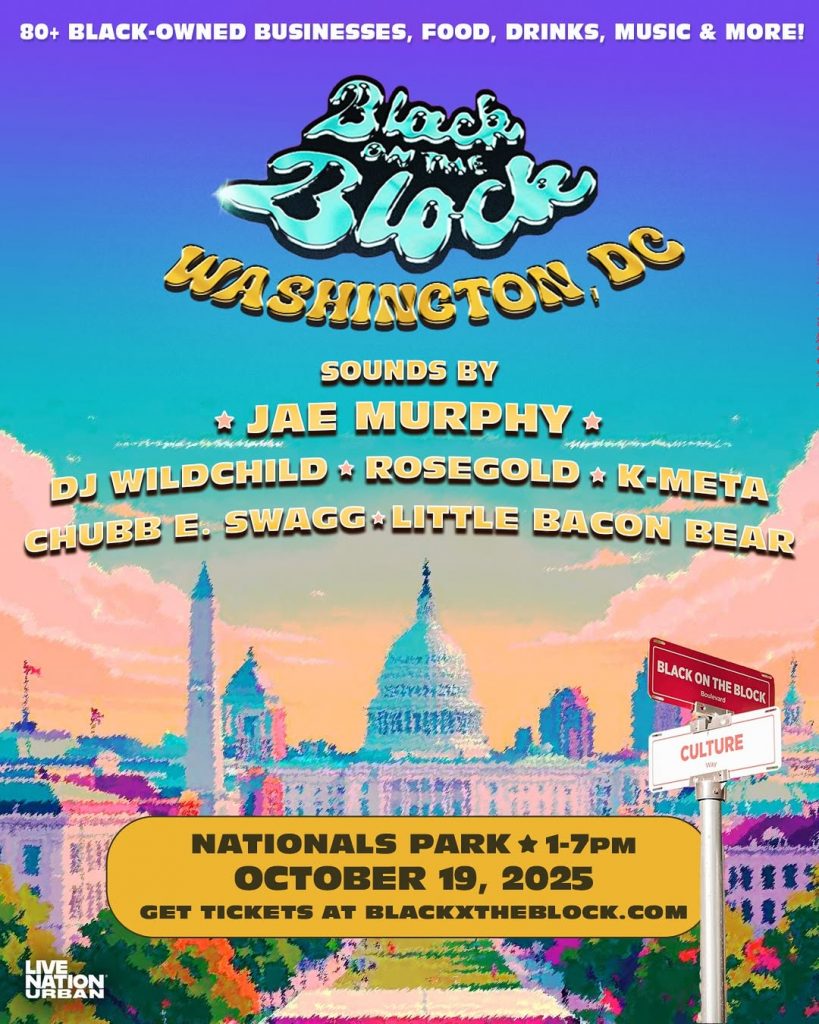
At Black on the Block, the layout itself becomes a language. One row might hold a vegan soul food pop-up; the next, an interactive photo booth with affirming apparel. It’s a marketplace where each activation, tote bag, or candle has been chosen with intention and where attendees don’t just browse, they build.
This is commerce with consequence. As Black-owned businesses continue to face disproportionate barriers to funding, growth, and visibility, events like these offer something more valuable than virality real foot traffic, face-to-face conversations, and opportunities for long-term connection. For many vendors, Nationals Park is more than a gig it’s a gateway.
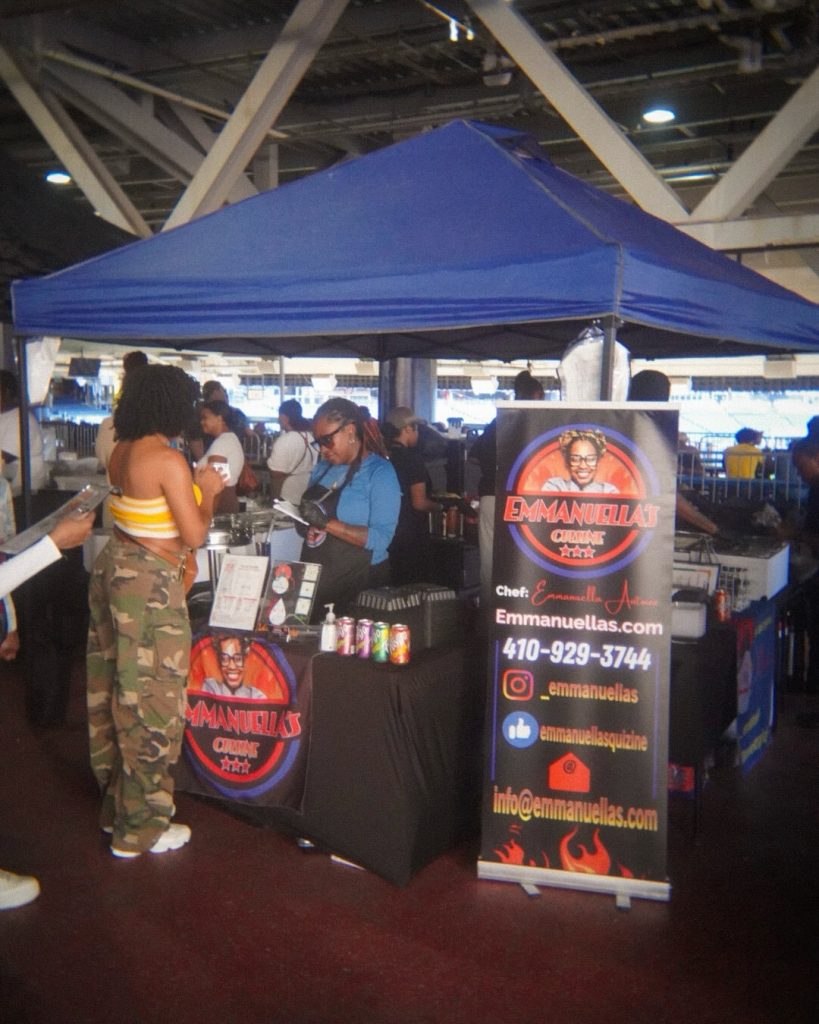
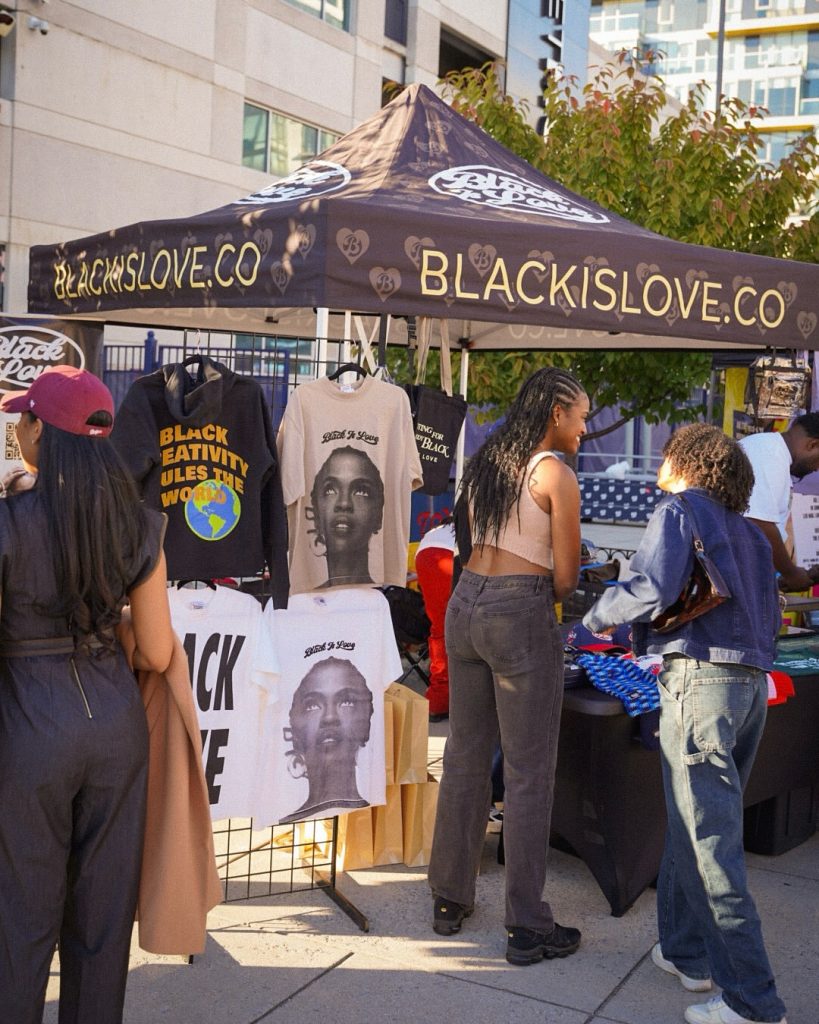
The energy moves beyond the booths. Families navigate the lanes with strollers in one hand and flavored snow cones in the other. College students and entrepreneurs swap cards over Afrobeat mixes, and mid-day, a tote bag giveaway draws a crowd that floods the infield with early support.
Organizers have kept accessibility in mind, offering early arrival perks, a kid-friendly policy for those under 12, and clear guidance on everything from Metro stops to venue bag policies. But the most consistent benefit may be the ease of access through the Black on the Block app where attendees can browse vendors in advance, check schedules, and receive real-time updates without standing in long lines.
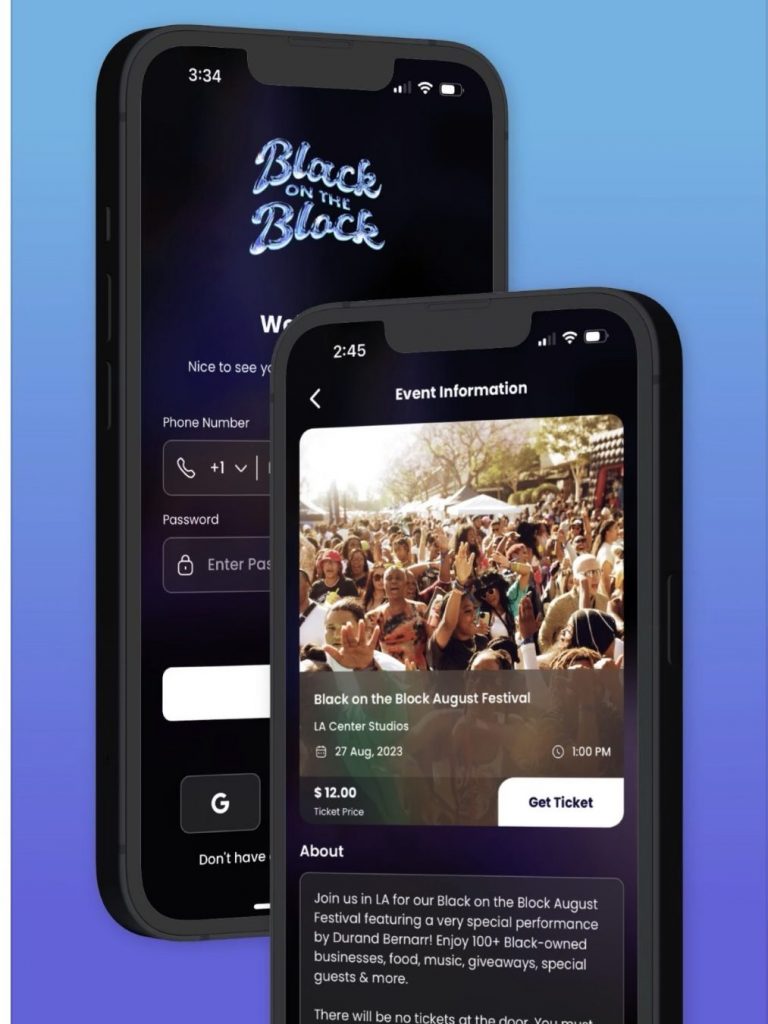

Black on the Block doesn’t lean on legacy or trend. It’s not branded around celebrity or exclusivity. It’s a festival where the scene isn’t a backdrop it is the story. Where entrepreneurs meet new customers in person, and creatives test ideas that would otherwise sit dormant on social feeds. The collective energy stretches far past the product it signals belonging.
And it’s not just locals showing up. Since the inaugural DC edition, the festival has drawn out-of-town shoppers, influencers, and buyers looking to source or support from the District’s creative ecosystem. This year, Nationals Park serves less as a location and more as a canvas where each tent, beat drop, and business pitch adds a stroke to DC’s cultural and economic portrait.
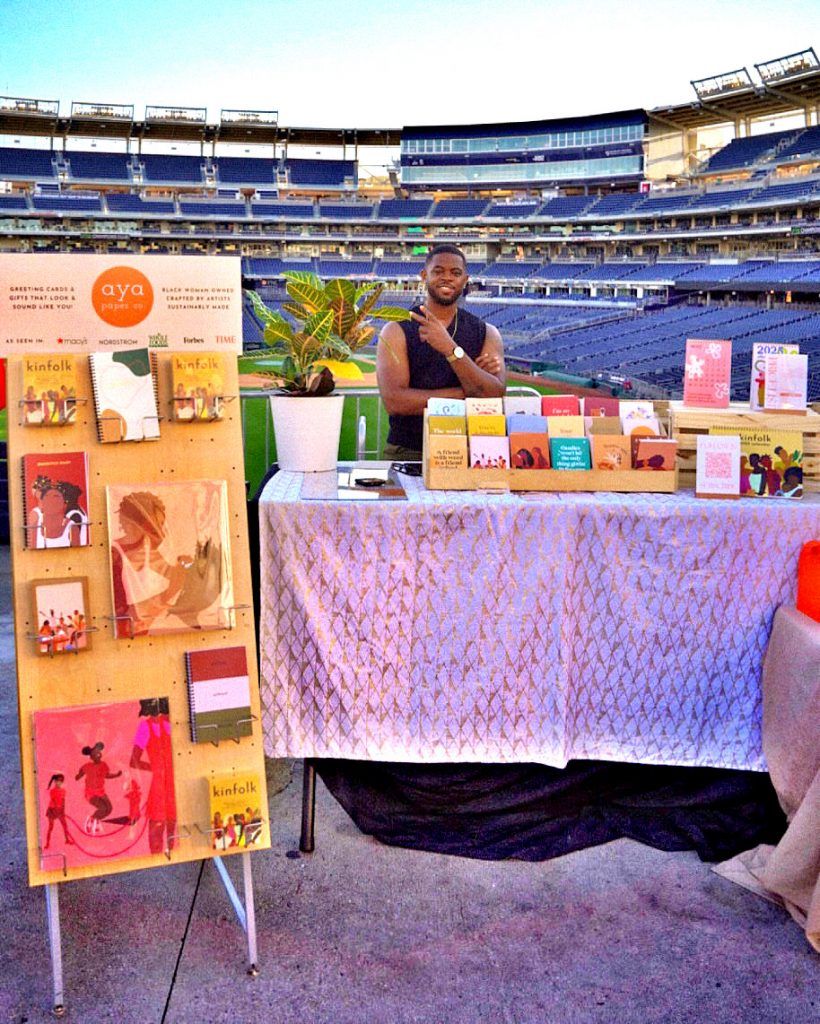
As Black on the Block settles into its third year in Washington, it no longer has to introduce itself. The name holds weight, not from hype but from history. In a city with no shortage of festivals, this one continues to carve space where visibility isn’t performative it’s foundational.
Come for the vendors. Stay for the soundtrack. Leave with something deeper than a purchase.
Because sometimes, the most meaningful shift in a city doesn’t come from the headlines. It comes from the block.
